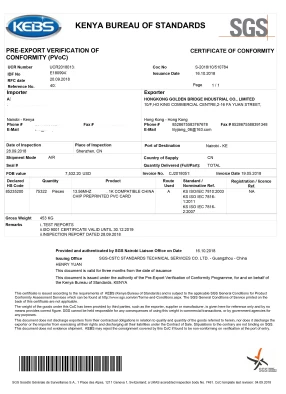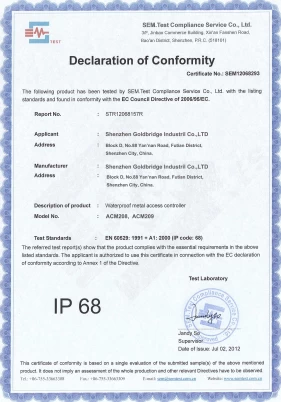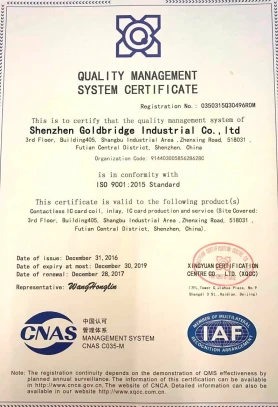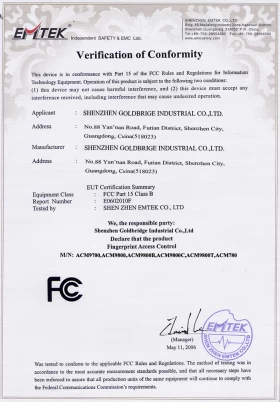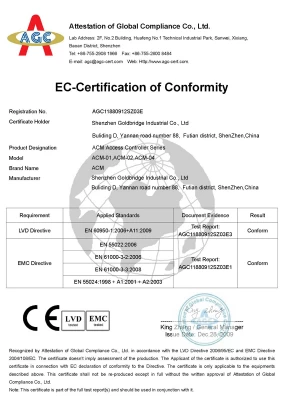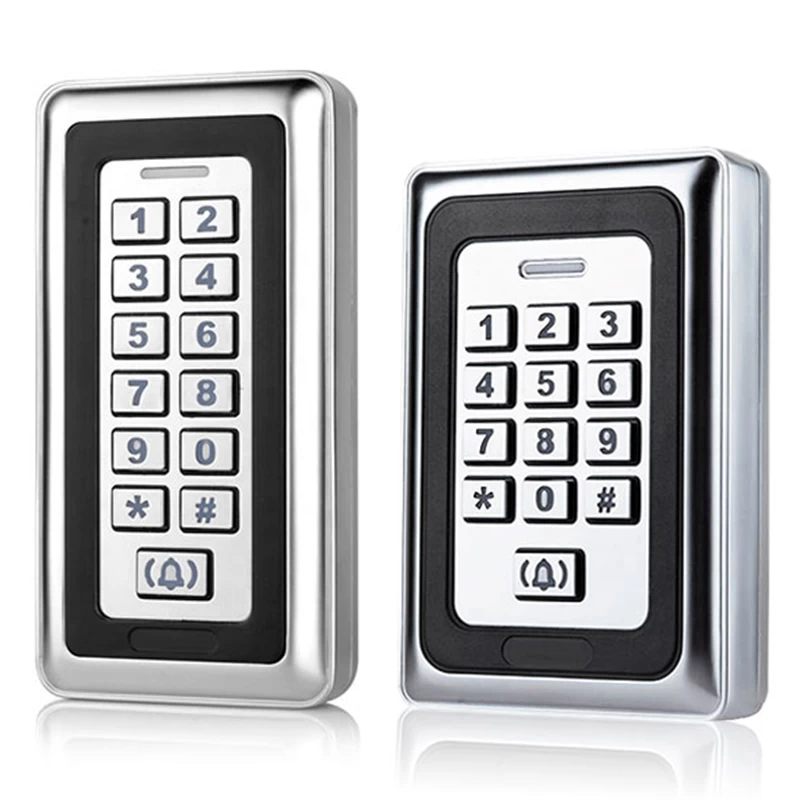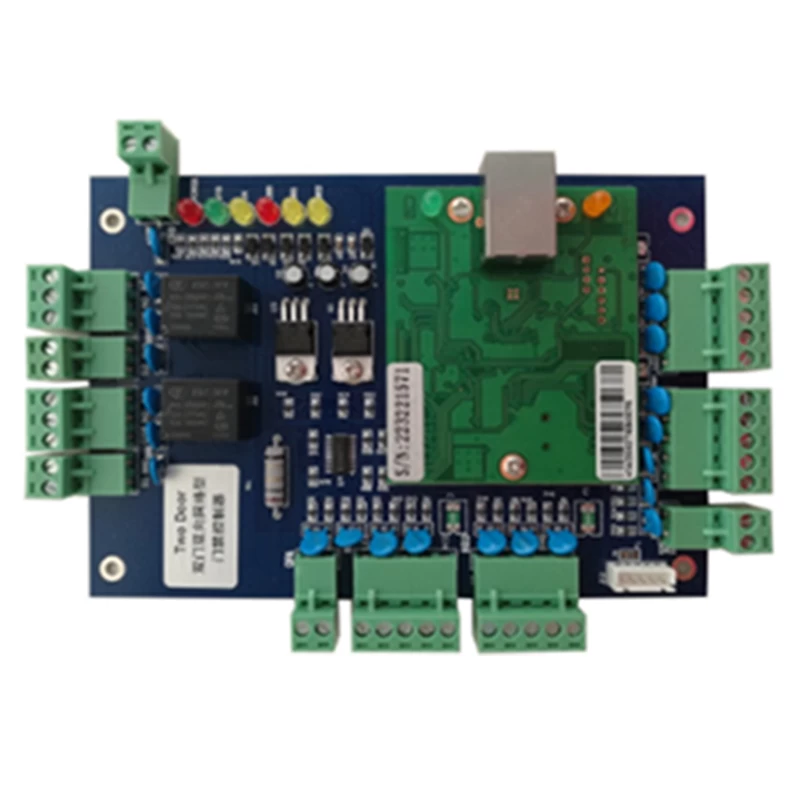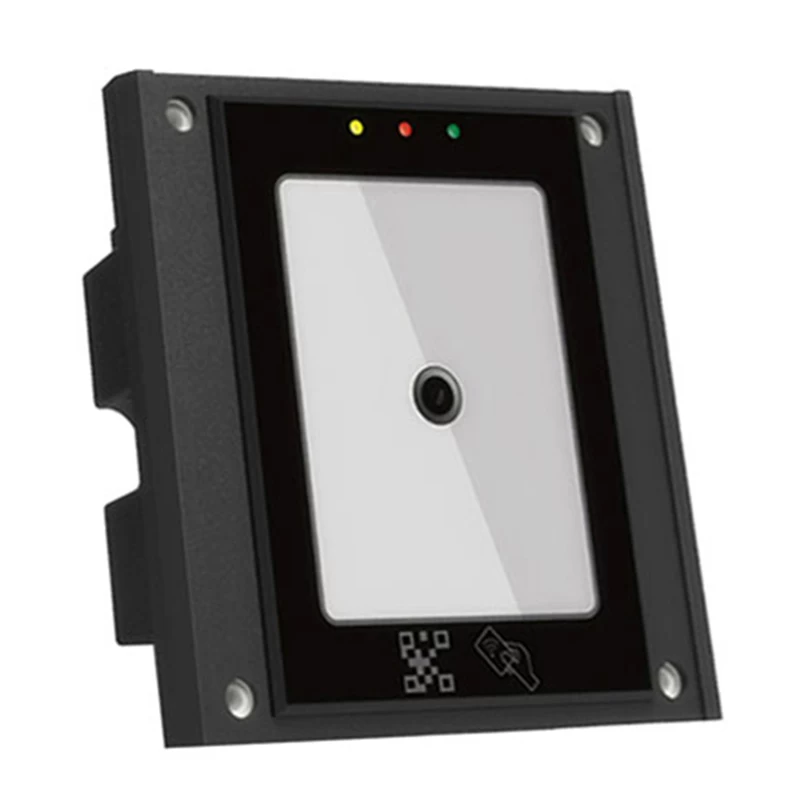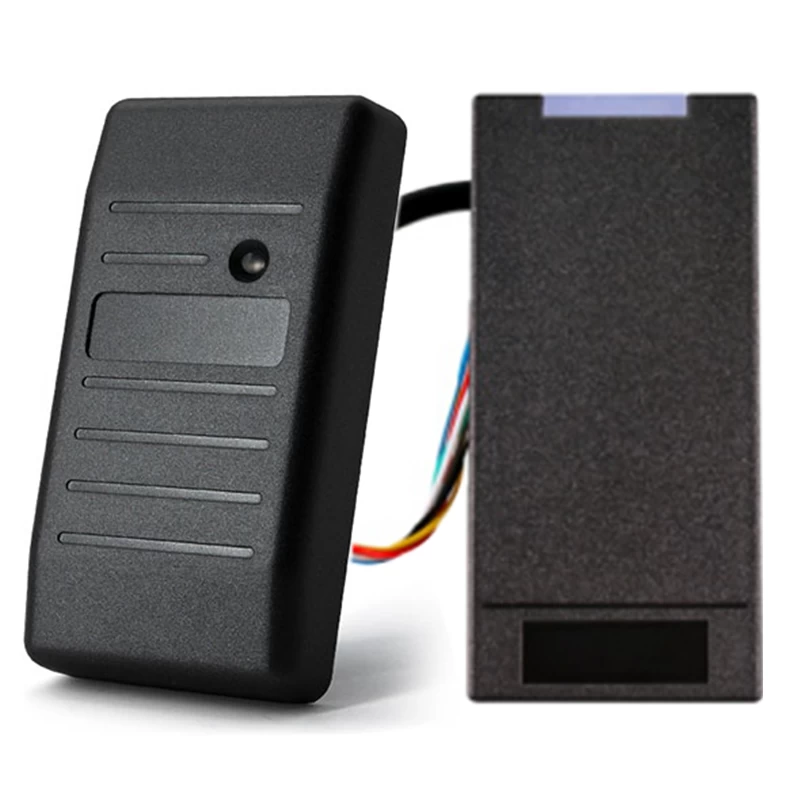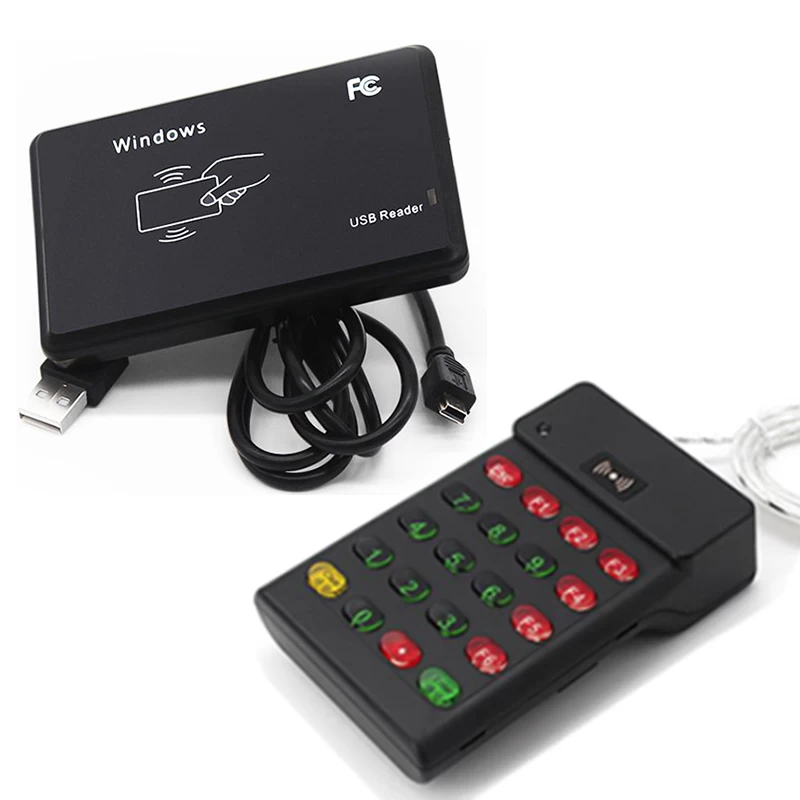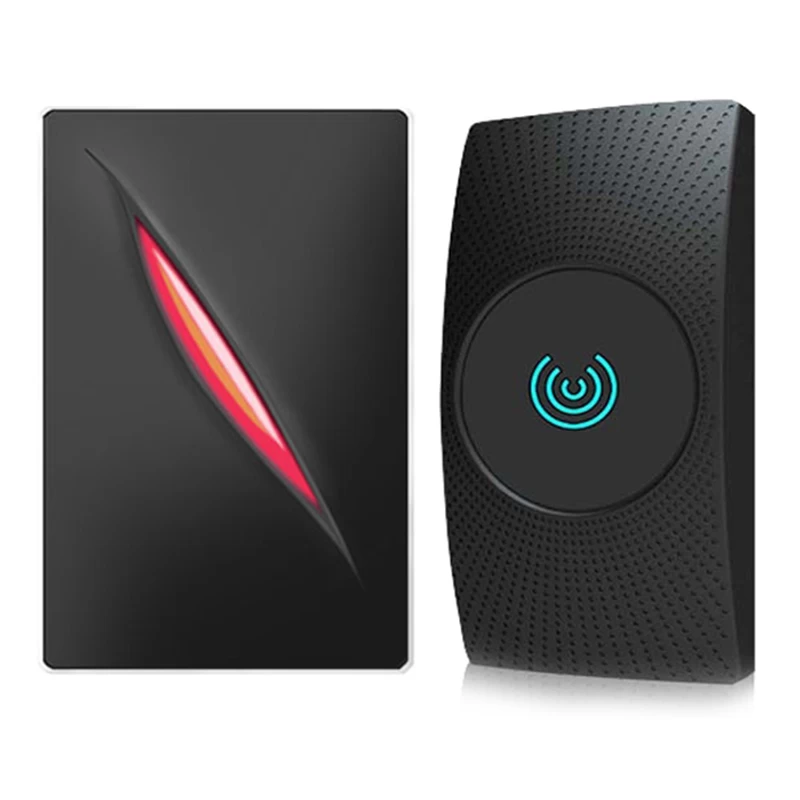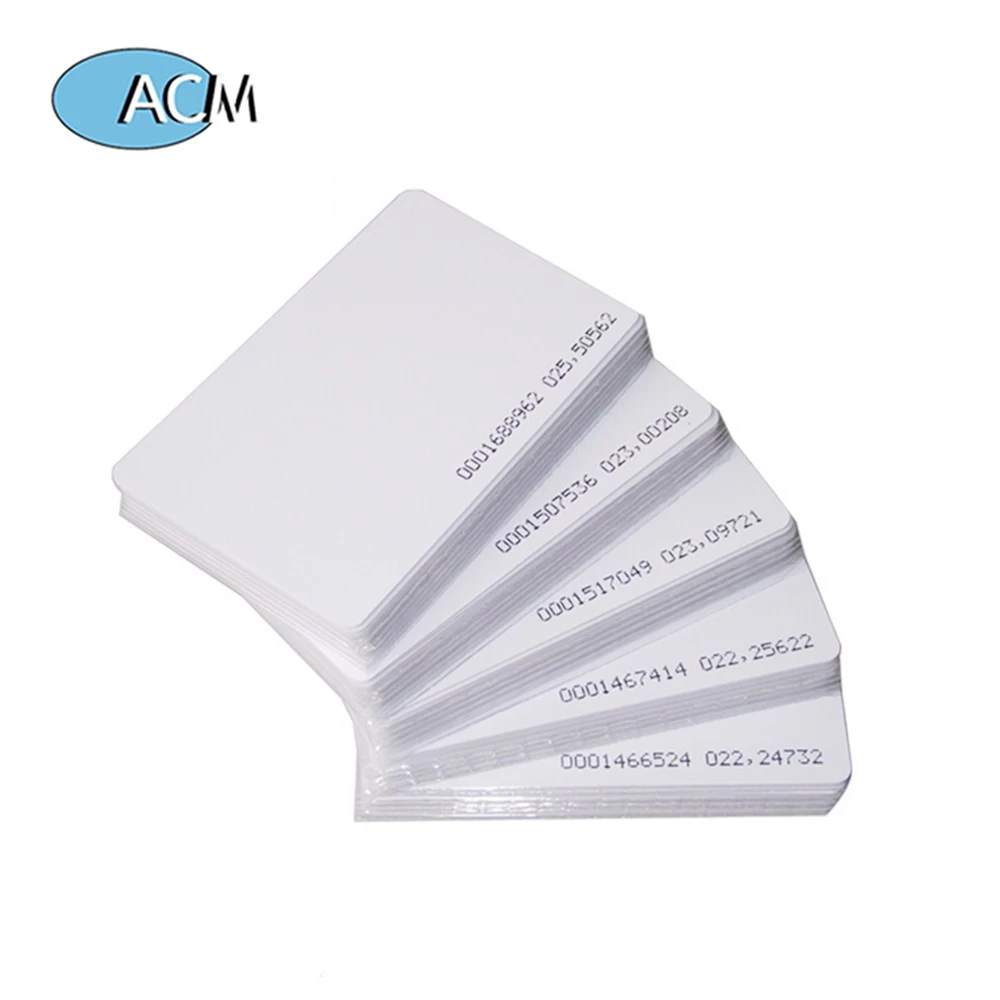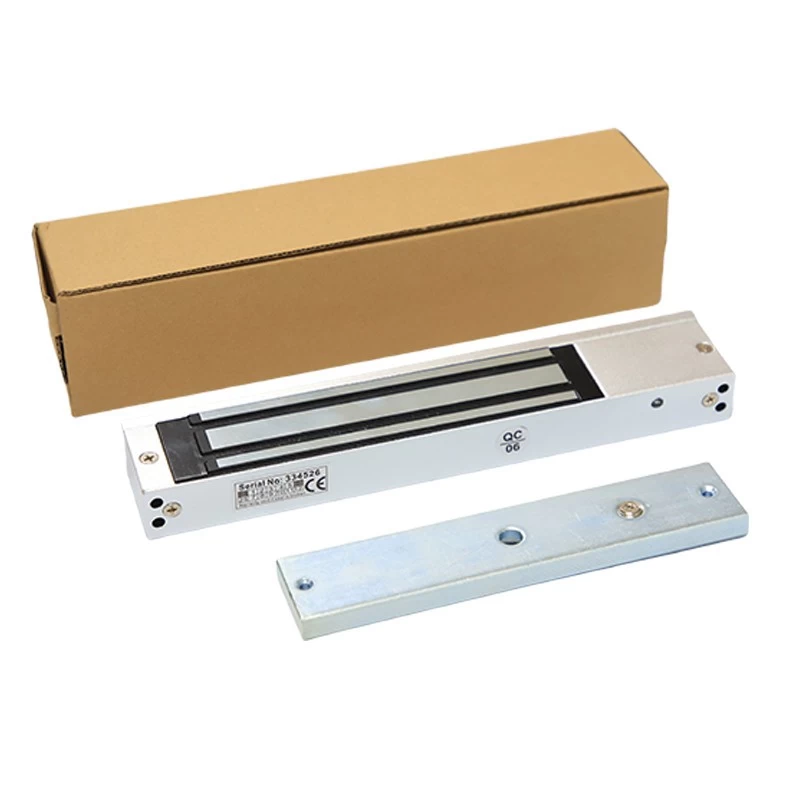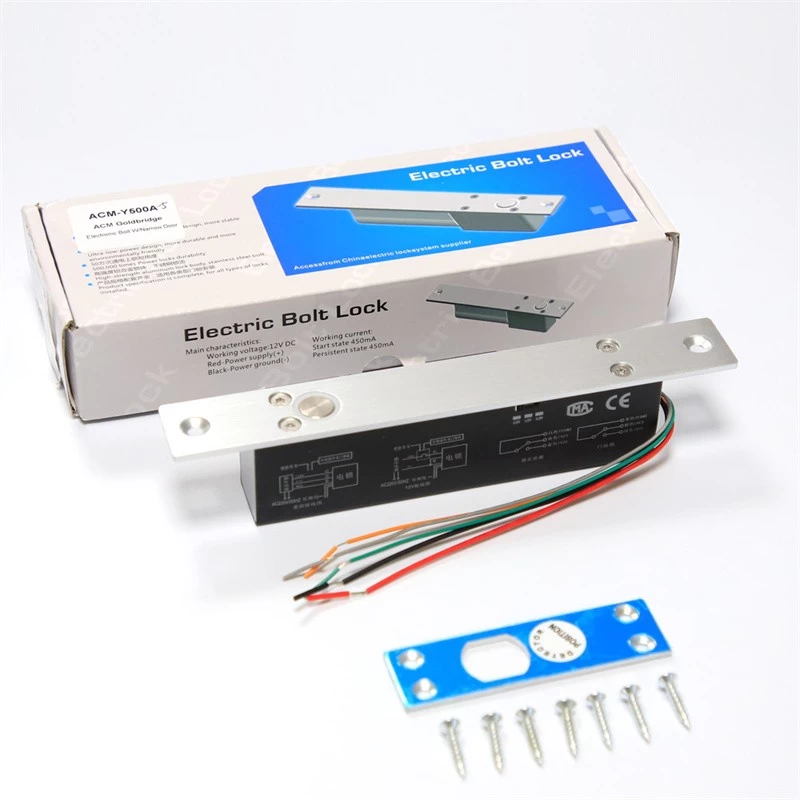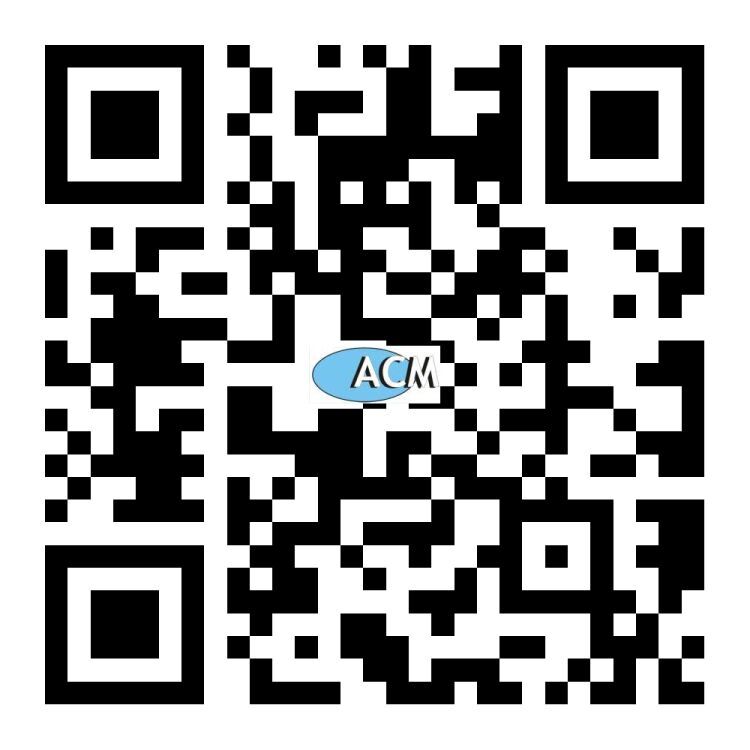Unveiling the Invisible: How Passive RFID Technology is Quietly Revolutionizing Industries
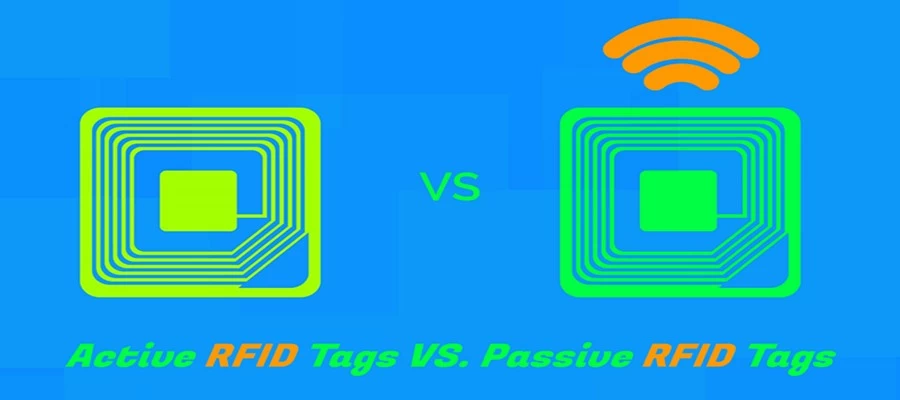
LONDON, UK – In an increasingly connected world, a powerful yet often overlooked technology is driving efficiency and innovation across global supply chains, retail, and healthcare: Passive Radio-Frequency Identification (RFID).
Unlike its active counterpart, a passive RFID tag has no internal power source. Instead, it lies dormant until activated by the radio waves emitted from an RFID reader. The reader's signal provides just enough power for the tag to briefly wake up and reflect back its unique identifying information. This simple, battery-free operation makes passive RFID tags incredibly cost-effective, durable, and small enough to be embedded into almost any object.
The Engine of Modern Efficiency
The applications for this technology are vast and transformative:
-
Retail & Inventory Management: Major retailers use passive RFID tags on clothing, electronics, and other goods. A quick scan of a storeroom or a sales floor with a handheld reader can provide a perfectly accurate inventory count in seconds, drastically reducing out-of-stock scenarios and minimizing loss. This enables features like self-checkout and smart fitting rooms.
-
Supply Chain & Logistics: From the manufacturing floor to the store shelf, passive RFID tags track pallets, cases, and individual products. This provides unparalleled visibility into the movement of goods, helping companies optimize routes, reduce delays, and combat counterfeiting.
-
Healthcare: Hospitals are using passive RFID to track high-value medical equipment, manage pharmaceutical inventories, and even ensure patient safety by matching wristband tags to the correct medications and procedures.
-
Access Control & Security: The keycard that grants access to an office building is a common form of passive RFID. Similarly, the technology is embedded in modern passports and library books.
A Future Powered by Passive Data
"The beauty of passive RFID is its simplicity and scalability," says Dr. Evelyn Reed, a technology analyst at ABI Research. "Because the tags are so inexpensive—often just a few cents each—businesses can tag items at the individual unit level for the first time. This generates a torrent of precise, real-world data that is fueling the next wave of automation and data analytics."
While challenges such as standardization and data privacy remain part of the ongoing conversation, the momentum behind passive RFID is undeniable. As the Internet of Things (IoT) continues to expand, this silent workhorse of identification technology is poised to become even more integral to the fabric of our daily lives, making the physical world as intelligible and manageable as the digital one.


